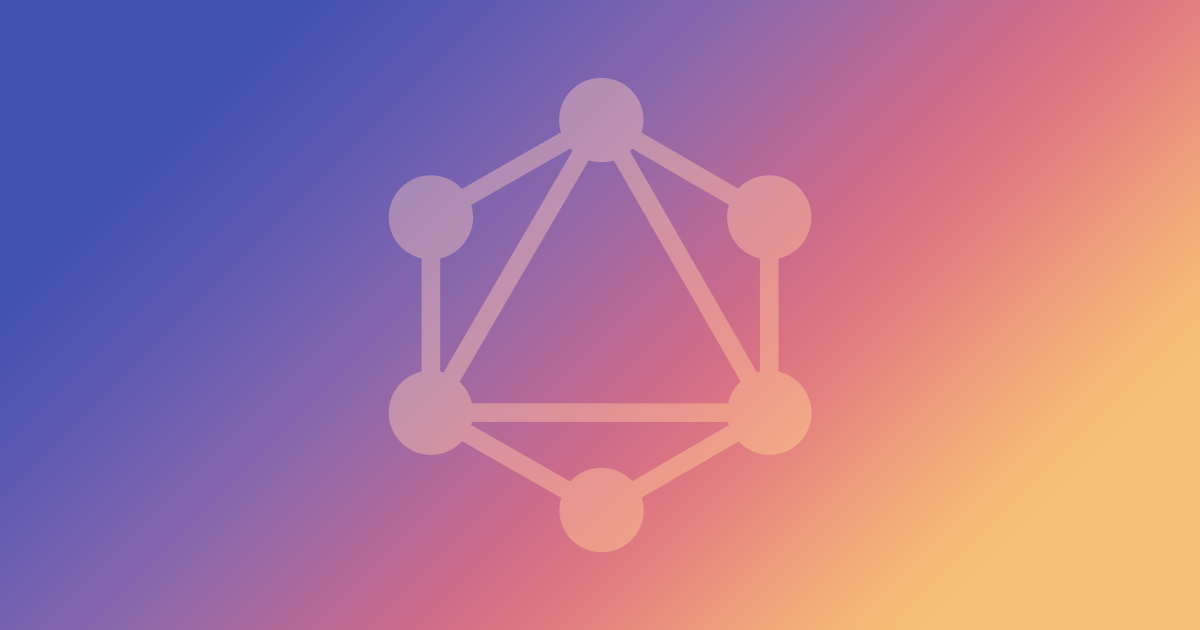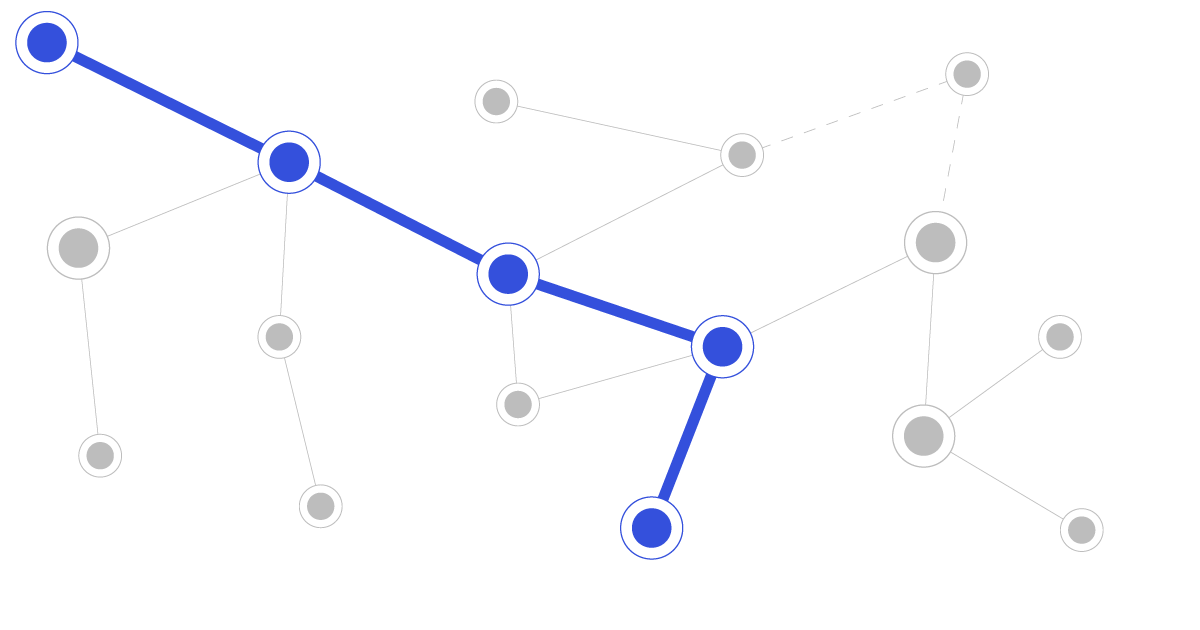From the name, one would think a GraphQL query would be a graph query language. But then one would be incorrect. GraphQL is neither particularly graph-oriented nor is it a query language.
Don’t get me wrong, GraphQL is great, it’s just not exactly what it says on the tin. In reality, GraphQL is a sort of API killer. A way to avoid having to write a bazillion HTTP endpoints, and instead have a well-structured, schema-aware approach to getting information in and out of a service.
This is extremely useful, reducing development time for new APIs and, by having well-defined schemas which actually check for the correctness of the objects being communicated, averting many errors and regressions.
Yet wouldn’t it be great if GraphQL was also about graphs and a query language?
Well, that’s certainly what we thought at TerminusDB! We’ve recently implemented a suite of features which allows you to query a TerminusDB project using GrahpQL in such a way that deep linking can be discovered.
GraphQL Back Links
In a typical document in TerminusDB, you specify classes and their fields. This might look as follows:
{ "@type" : "Class",
"@id" : "Person",
"name" : "xsd:string",
"pet" : { "@type" : "Set", "@class" : "Pet"},
"friend" : { "@type" : "Set", "@class" : "Friend" }
}
{ "@type" : "Class",
"@id" : "Pet",
"@abstract" : [],
"name" : "xsd:string"
}
{ "@type" : "Class",
"@id" : "Dog",
"@inherits" : ["Pet"]
}
TerminusDB automagically constructs a GraphQL schema derived from the project’s schema, which allows us to query it. A GraphQL query might look like this:
query
{
Person {
name
pet {
name
}
}
}
And we might get back a response along the lines of:
{
"data": {
"Person": [
{
"name": "Joe",
"pet": [
{
"name": "Mimi"
},
{
"name": "Fido"
}
]
}
]
}
}
But supposing I find Mimi wandering the streets. How can I get back to the owner of Mimi? We defined our edge only in one direction. Yet in TerminusDB going in the reverse direction from an object is actually a cheap operation.
In order to achieve this, we have enriched the GraphQL schema with back-links which automatically give you the reverse edges of every object field.
We can perform the reverse GraphQL query as follows:
query
{
Pet(filter: {name : {eq : "Mimi"}}) {
name
_pet_of_Person{
name
}
}
}
This query asks for a pet, whose name is Mimi, and obtains the name field, but also a link to who they are a pet of: _pet_of_Person.
This field name is constructed automagically, and the language tends to work well using the genetive construction, but most importantly you can clearly see the type of the object from which it comes from. This is because reverse links could come from many different objects, all having the same field name, so it is important to disambiguate.
Our GraphQL query result using my current database state is:
{
"data": {
"Pet": [
{
"name": "Mimi",
"_pet_of_Person": [
{
"name": "Joe"
}
]
}
]
}
}
GraphQL Path Queries
Ok, well that is certainly handy since we often need to use these sorts of relationships in two directions, but what about graphs? Can we weave our way through the graph to find what we want? Can we do this with a GraphQL query?
TerminusDB adds path queries to our GraphQL schema to obtain precisely this.
A path query is a regular expression pattern describing the edges that it would like to follow in a graph. The full GraphQL path query specification can be found here.
For those familiar with regular expressions it shouldn’t be too difficult to pick up but even if new to the concept, it’s fairly intuitive.
Basically, I can write down the name of an edge: "friend" then you say how many times you want to follow this edge. If you want to follow it precisely once, we can leave it alone, if you want to follow it zero or more times, you write: "friend*". If you want at least one hop, but any number greater you can write: "friend+". If you want to follow it between 1 and 3 times, you can write: "friend{1,3}".
If I want to go backwards on an edge (similarly to the back links above) I can use a directional modifier: "<friend", and again I can modify this with the number of hops.
Let’s say we want to find everyone who has a friend with a pet named Mimi.
query
{
Pet(filter: {name : {eq : "Mimi"}}) {
_path_to_Person(path: "<pet,(friend|<friend)+") {
name
}
}
}
In English, we might write this query as: “Get me all of the friends of the owner of Mimi, whether they believe they are this person’s friend, or the person considers them a friend, i.e. friendship here is not automatically symmetric, so we have to look at it from both perspectives.
The answer we get back is:
{
"data": {
"Pet": [
{
"_path_to_Person": [
{
"name": "Candy"
},
{
"name": "Doug"
}
]
}
]
}
}
Now we’re really talking about exploring the graph!
Future Directions
We already have a nice GraphQL interface for querying, but we intend to build out the mutation capabilities as well. We also want to have derived edges which are GraphQL queries that are the result of a WOQL query internally. This would allow us to expose very sophisticated queries which might make use of aggregation etc. at the level of GraphQL.
GraphQL has really simplified access to data for front-end developers and those performing analytics. It’s great to be able to expose it in TerminusDB. For us, the fit feels very natural and perhaps best of all: we have a very high-performance GraphQL!
You should try it out. You can either use TerminusDB by downloading it from our repositories, or you sign up for a free TerminusCMS account at dashboard.terminusdb.com.
Other GraphQL stories you might like

GraphQL CMS – Why GraphQL is a Must Have
A GraphQL CMS is efficient at fetching and retrieving data & our graph query ability is a must-have for those building content infrastructure

How to implement GraphQL in fourteen days
A technical article discussing how how Gavin and Matthijs implemented GraphQL. TerminusDB fits naturally into the GraphQL environment and we’re confident it will quickly be one of the best platforms around for serving content via GraphQL.

GraphQL RDF Bridge using Star Wars Dataset in TerminusDB
I wrote this blog to showcase a GraphQL RDF bridge using a Star Wars dataset that I found. It explains what I did in TerminusDB
